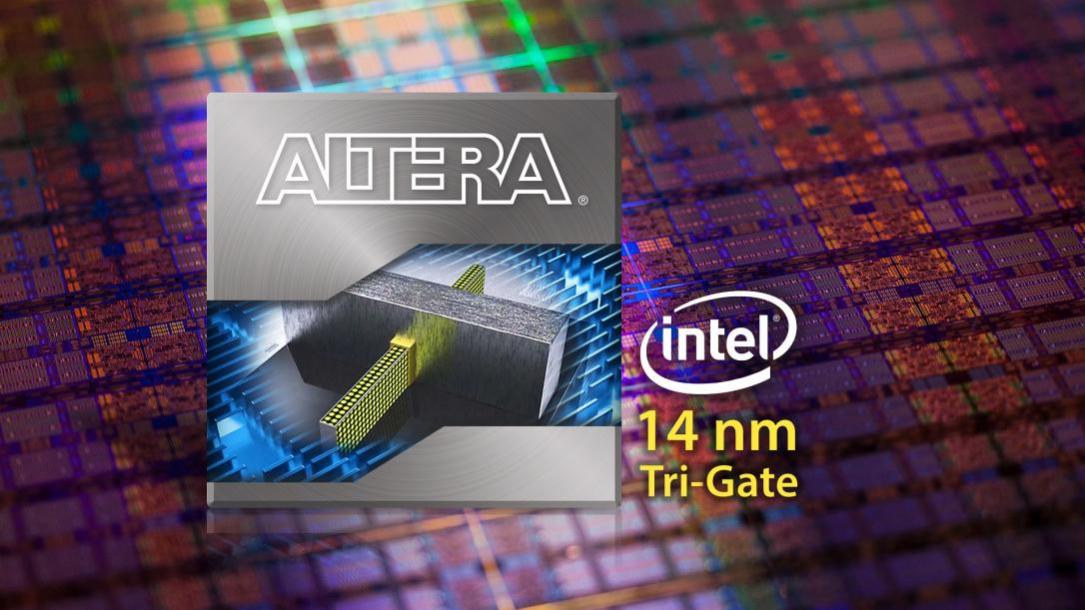
If you want to know why I have written so much about TSMC in the past five years here it is: TSMC executives are approachable, personable, answer questions straight on, and have yet to lead me astray. If you want an example of this read the Chairman’s comments on the TSMC Q1 2013 earnings call transcript.
“On 16-nanometer FinFET, we have said several times that this is a change in cadence in our new technology introduction. It used to be 2 years per node and in the case of 16-nanometers FinFET, it follows just 1 year, by 1 year, the 20 SoC. So it is a quickening of cadence and that is because of market request, market requirements, customers’ requests.”
Call it Taiwan culture, or maybe that TSMC executives are highly technical people (experts in their fields), as a result, the flow of information is excellent for people who know what questions to ask. I’m not talking about press releases that professional PR people do for them with PR speak. I’m talking about unscripted Q&A sessions like the ones in the conference calls.
“The second point I want to make is that we have been collaborating with our customers and ecosystem partners for more than 15 years. Through the ecosystem OIP, TSMC’s technology has been collaboratively optimized for SoC development.”
My favorite Morris Chang story is when I saw him at the Royal Hotel in Hsinchu last year. I came in the same time he did and he beat me up the three flights of stairs to the lobby. Not kidding. This man has me beat by 30 years and 3 steps. I’m training on a Stairmaster now so I will be ready for him next time!
“CapEx will be between $9.5 billion and $10 billion this year. This is an increase from the last guidance we gave, which was about $9 billion. Basically, we have stepped up the preparation for the ramp-up of 20-nanometer and 16-nanometer. We have pulled some of the capital in because we want to be — to have as high yields as possible when we do start ramp-up, volume ramp-up. And of course, we are continuing to build up 28-nanometer capacity. Therefore, approximately 90% of the capital expenditures are for 28-nanometer, 20-nanometer, 16-nanometer, both building facility and equipment. Another 5% is for R&D and that’s mainly for 10-nanometer, 7-nanometer, et cetera.”
The best part of the call was in the Q&A with a question about Altera moving to Intel. Generally speaking the analyst questions are pretty dull but every once in a while they come up with a good one.
“I very much regret Altera’s decision to work on the 14-nanometer with Intel even though the financial impact is relatively small and Altera remains a major and valued partner of TSMC’s. We have gained many customers in the last few years but I really hate to lose even a part of an old one. We want them all, really. I regret it and because of this, we have thoroughly critiqued ourselves. If there was a thing like an investigative commission on what happened, we had it. And there were, in fact, many reasons why it happened and we have taken them to heart. And it’s a lesson to us and I don’t think that we — at least, we’ll try our very best not to let similar kinds of things happen again.”
In my opinion there was nothing TSMC could have done. Altera left TSMC because of Xilinx. Xilinx is a fierce competitor on all fronts: financial, marketing, sales, technology, ecosystem, etc… so there is no way Altera can outrun Xilinx on a level playing field. TSMC is open to all customers and does not do exclusive partnerships so Intel was a smart choice for Altera.
The question is: Can Intel be a good foundry partner for Altera? My guess is yes they can, as long as the new Intel CEO is on board with it and Altera does not need ARM (ARM and Intel do NOT mix). Not great news for Intel’s other FPGA partners though (Achronix and Tabula). They must really be steaming over the “exclusive” Altera deal!
lang: en_US
Share this post via:






Comments
0 Replies to “Morris Chang on Altera and Intel”
You must register or log in to view/post comments.